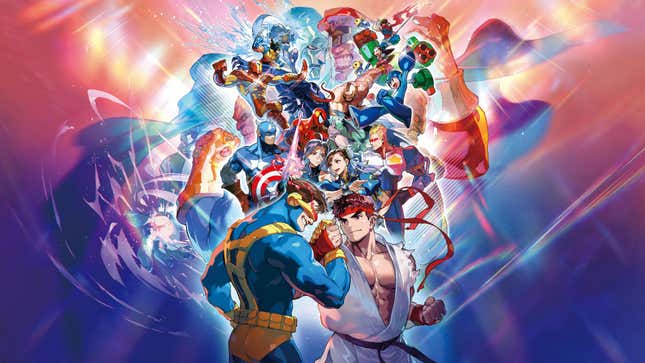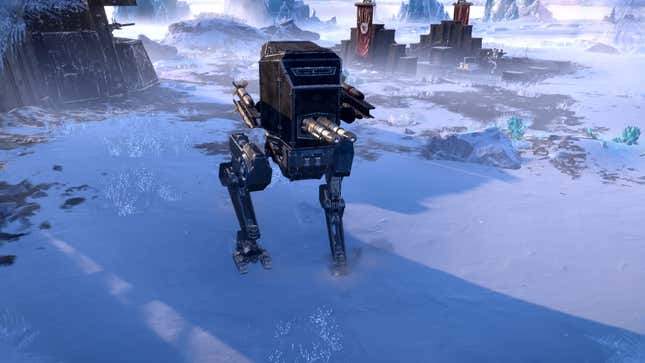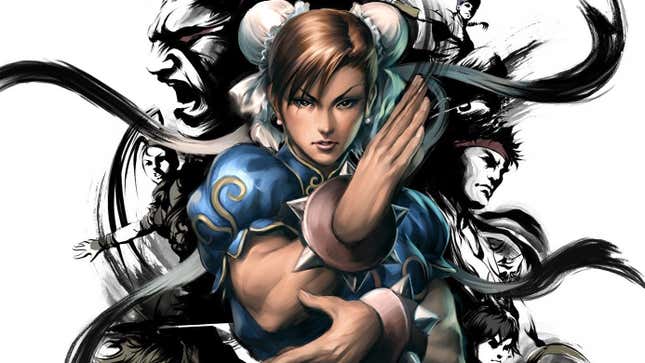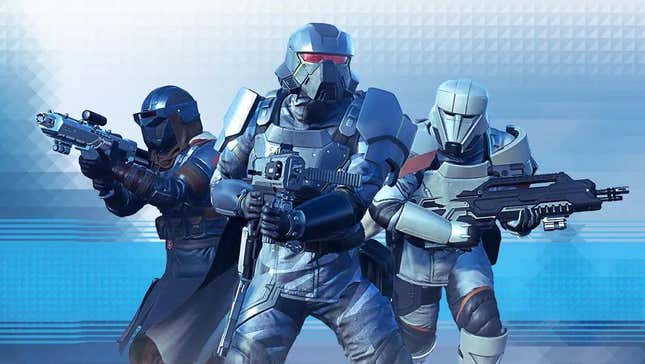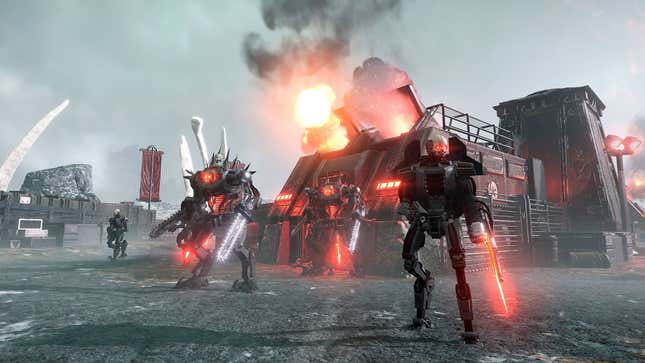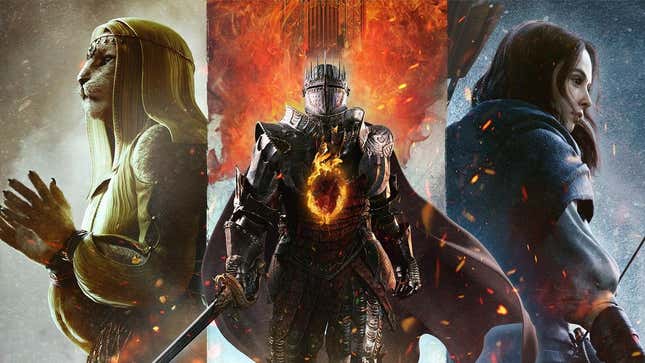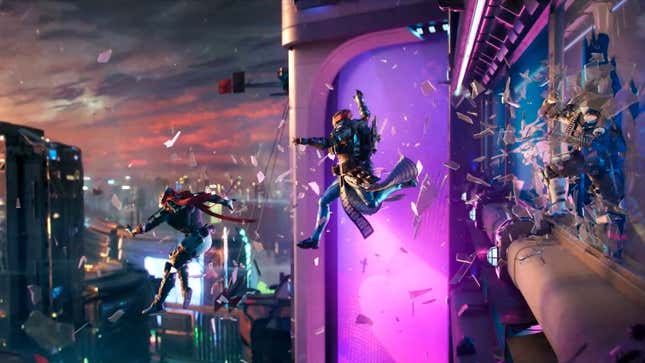
Strider
Capcom, Capcom
February 28, 1989
Genres
Platform, ArcadeDevelopers
Capcom, CapcomRelease Date
February 28, 1989 (36 years and 2 months ago)Publishers
Sega Enterprises, Ltd., Capcom, U.S. Gold, Tec ToyContent Rating
E10 Fantasy Violence, Suggestive Themes
Franchises
Strider


Strider Screenshots and Videos
All the Latest Game Footage and Images from Strider
Start Slideshow
Discover Games
Summary
The controls of Strider consist of an eight-way joystick and two action buttons for attacking and jumping. The player controls Hiryu himself, whose main weapon is a tonfa-like plasma sword known as "Cypher". He can perform numerous acrobatic feats depending on the joystick/button combination used. Pressing the jump button while Hiryu is standing still will cause him to do a regular vertical jump, while pressing the jump button while pushing the joystick left or right will enable him to do a cartwheel jump. Hiryu can also slide under or through certain obstacles and enemies by first crouching down and then pressing the jump button. As well as his sliding move, both jumps can also be used to destroy weaker opponents. Hiryu is able to latch onto certain platforms, and climb across walls and ceilings using a metallic hook. While running down a sloped surface, Hiryu can gain enough momentum to allow him to do a longer cartwheel jump than usual. Numerous power-ups can be obtained from item boxes carried by certain enemies. These includes an extension to Hiryu's attack range that lasts for one hundred slashes, two types of health aids (represented by the kanji used to write Hiryu's name: 飛 and 飛竜), a max health extension (represented by the kanji 竜, the second character in Hiryu's name), an extra life, and a power-up that not only makes Hiryu invulnerable to attack but also increases his own attack abilities via shadow images of himself for 15 seconds.[3] Hiryu can also summon robotic companions known collectively as "options" that help him fight enemies. These consist of up to two mushroom-like droids, a saber-toothed tiger and a hawk, known individually as Option A, B and C respectively. The game has five stages: the Kazakh Soviet Socialist Republic (called "St. Petersburg" during the arcade game's attract sequence), the Siberian Wilderness, the Aerial Battleship Balrog (געלראב), the Amazonian Jungle, and the Grandmaster's lair itself, the Third Moon. Each of the stages is divided into a number of smaller sections, each with their own time limit and checkpoint location. The player has a three-point health gauge (which can be increased to five points with the health extensions. Hiryu will lose a life when either his health gauge is fully depleted, by moving him off the screen entirely (like falling into a bottomless pit) or when the game's timer reaches zero. It's Game Over when all of Hiryu's lives are lost, but the player can be given the opportunity to continue.
Genres
Platform, ArcadePlatforms
Arcade, Sharp X68000, Commodore C64/128/MAX, ZX Spectrum, Wii, Sega Mega Drive/Genesis, Atari ST/STE, DOS, Amiga, Wii U, PlayStation, Amstrad CPC, Sega Master System/Mark IIIDevelopers
Capcom, CapcomRelease Date
February 28, 1989 (36 years and 2 months ago)Publishers
Sega Enterprises, Ltd., Capcom, U.S. Gold, Tec ToyContent Rating
E10 Fantasy Violence, Suggestive Themes
Franchises
StriderMore from developers
Games metadata is powered by IGDB.com
Strider News
Advertisement



